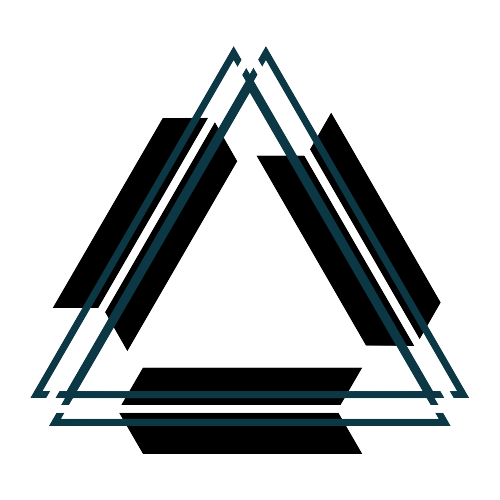SAP & THE METAVERSE
The word "metaverse" was coined by Neal Stephenson in 1992 in the science-fiction novel Snow Crash. Neal's novel portrays a future in which individuals use virtual avatars to interact in a cyberspace environment. This is not far off in how we define the metaverse today. So what exactly is the metaverse?
The metaverse is a shared virtual universe that mimics the physical world. It is an immersive environment that leverages technologies such as Virtual Reality (VR), Augmented Reality (AR), Artificial Intelligence (AI), Edge Computing and Blockchain. The fluidity in defining the metaverse often comes from its diverse use case. Is it a training tool in the form of a digital classroom, a virtual destination such as a retail store, a gaming platform or a collection of immersive digital experiences. The answer is that the metaverse is a shared universe where opportunities are only limited to the imagination and a fit for purpose.

Metaverse Technology Layers
The value chain of the Metaverse economy can be characterised by 7-tier conceptual framework . Each layer influences one element of the user experience.
Experience
The experience layer speaks to dematerialising physical space, distance and objects. This means that experiences previously classified as scarce converge towards becoming abundant as access is not limited by physical availability.
Discovery
The discovery layer is the push and pull that draws users towards metaverse experiences. The marketing push and pull terminology can be classified into inbound and outbound discovery systems. The inbound refers to users proactively seeking experiences (pull) and outbound (push) where users are informed of experiences by a marketing team.
Creator Economies
The creator economy uses the content-community complex. The emergence of advanced application frameworks has paved the way to generate content with limited coding experience. This enables users with good ideas but limited coding experience to be included in the creator economy
Spatial Computing
Spatial computing enables an authentically immersed 3D experience by merging virtual and augmented reality to achieve an enhanced metaverse experience.
Decentralisation
Decentralisation is a shift of power away from centralised authorities to the user group. The aim is to be regulated by the user community by means of a decentalised Autonomous Organisation (DAO) as opposed to a single corporation or government body.
Human Interface
Human-computer interaction (HCI) is achieved through technologies, hardware and devices. VR headsets and smart glasses are just two technologies in which users can navigate and explore the digital world.
Infrastructure
Infrastructure refers to all the technology that makes up the metaverse. This includes network (5G/6G computing), hardware, semiconductors and microelectromechanical systems (MEMS).
SAP & The Metaverse
As the metaverse grows in potential profitability more businesses will scramble to reap its benefits. At Saphila 2023 Dr Oliver Gutzeit gave insight into how the metaverse is being used by SAP. SAP is leveraging the metaverse in 3 key areas.
SAP Virtual Office
A virtual office provides an immersive environment in which to encourage collaboration and onboard employees into SAP. This is particularly beneficial in companies that utilise a hybrid and international work force. It can assist in closing the physical distance and boosting collaboration within the organisation.
SAP Product Show Room
The SAP Product Show Room can provide an experience that replicates the real world and allows potential clients to see SAP products in action along with its impact on the ground and in the board room. This can assist in sales conversion by tangibly representing product value.
Product & Process Design
The defining business benefit of the metaverse is that of conceptualising infrastructure and process design before implementing it on the ground. This provides businesses with opportunity to walk the factory warehouse or retail store before its built. When combined with analytical tracking tools this can result in cost savings for companies as a result of realised design and process efficiencies.
Sources:
- Simplilearn. 2023. What Is Metaverse Technology? An In-Depth Guide To Its Potential. Available: https://explodingtopics.com/blog/chatgpt-users.
- McKinsey & Company. 2022. What is the metaverse?. Available: https://www.mckinsey.com/featured-insights/mckinsey-explainers/what-is-the-metaverse
- Jon Radoff. 2021. The Metaverse Value-Chain. Available: https://medium.com/building-the-metaverse/the-metaverse-value-chain-afcf9e09e3a7
- Jon Radoff. 2021. What is the Metaverse?. Available: https://medium.com/building-the-metaverse/what-is-the-metaverse-a170108458e8
- HoloNext. 2022. Metaverse 101: Understanding the Seven Layers of the Metaverse. Available: https://holonext.com/metaverse-101-understanding-the-seven-layers/
- SAP Community. 2023. Metaverse. Available: https://community.sap.com/topics/digital-innovation/metaverse#:~:text=Metaverse%20at%20SAP,remotely%20work%20in%20Virtual%20Reality.

